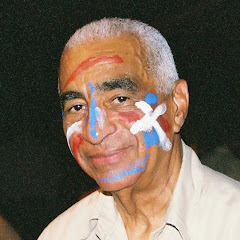The largest red brick cathedral in the world is in which town in southern France?
The Episcopal City of Albi is in the Languedoc region of southern France, on the river Tarn, 85 km northeast of Toulouse. Its inhabitants are called Albigensians. It is the seat of the Archbishop of Albi. The episcopal city, around the Cathedral Sainte-Cécile, was added to the UNESCO list of World Heritage Sites in 2010.
As well as being the largest red brick cathedral in the world, some sources claim that Albi Cathedral of St. Cecilia is, in fact, the world’s largest brick building of any kind.
The construction of the Gothic cathedral in red brick began in 1282 and it was not fully completed until 1492. Pope Innocent III deemed the nontrinitarian Cathar movement in the region as heretical and initiated the Albigensian Crusade (1209–1229) to extinguish Catharism in southern France. The cathedral's fortress-like exterior was intended to convey the power and authority of the trinitarian Roman Catholic Church.
The stern and rather foreboding exterior give no hint of the interior art and craftsmanship. Every surface holds Italian Renaissance frescoes contemporary with the Sistine Chapel, ornate designs, intricately filigreed white limestone and scores of colourful statues showing unusual detail and human expression. The cathedral’s organ, built in 1736, is considered one of the three finest classical organs in France.
More Info:
en.wikipedia.org





